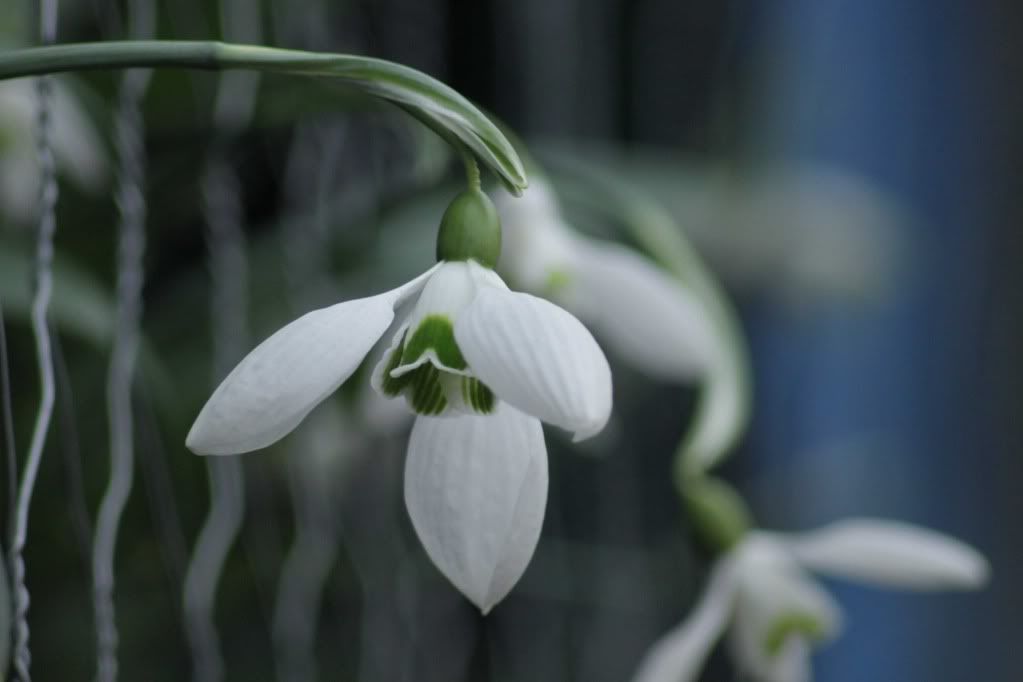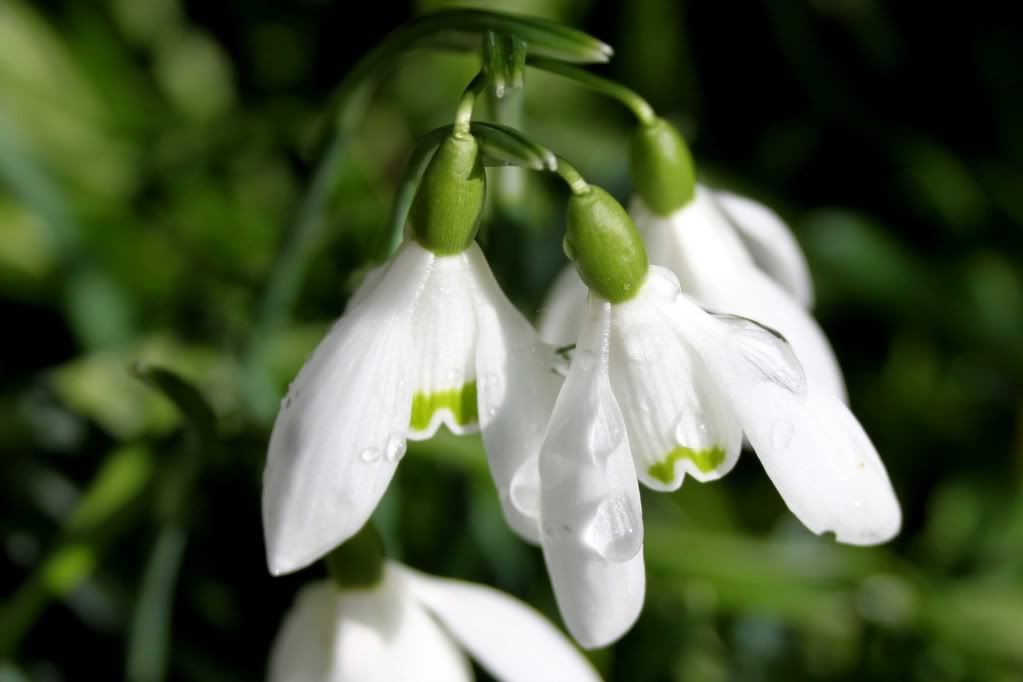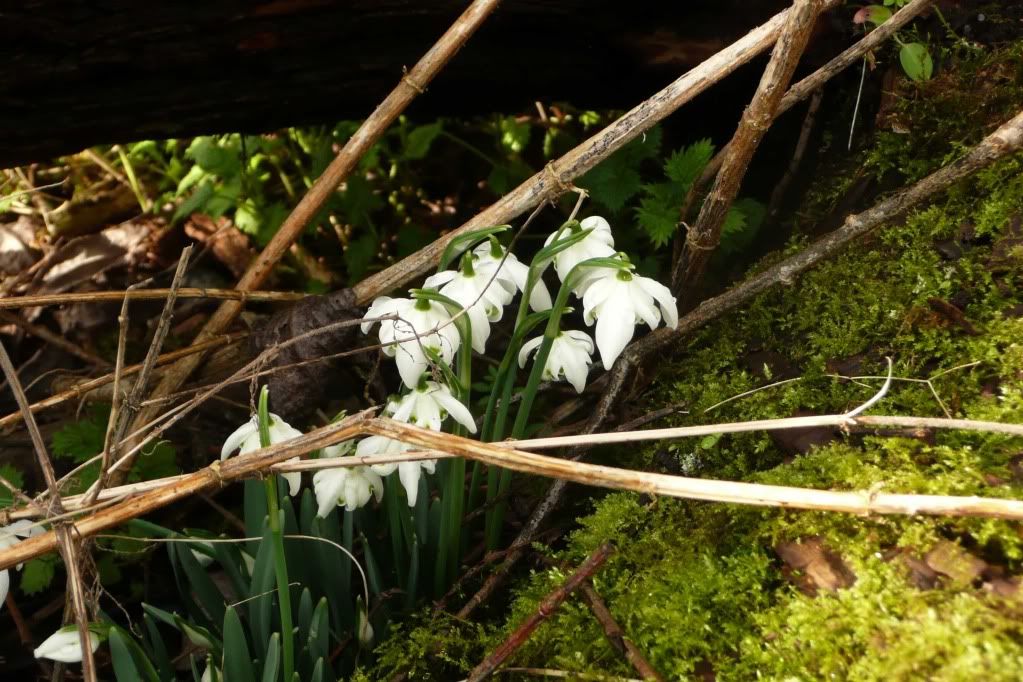.
.
Superficially like a rabbit, the most obvious differences are the long ears and longer legs.
Unlike rabbits they don't have burrows, instead they can spend daylight hours in a shallow depression in the ground (called a form), making them harder to see.
.
.
But maybe it's the lack of dogs along the path, but they don't spend look like this and are fairly easy to see. They also don't seem to be too concerned about the frequent buzzards that pass overhead.
Unlike rabbits, they are not social animals, but when territories overlap they can be seen in small collectives (known as a mute of hares!!):
.
What hares are famous for is the 'boxing' that takes place in March, this when an unreceptive females fights off the unwanted advances of a hopeful male and is a very entertaining sight and like snowdrops mean spring is not too far away.
.

















